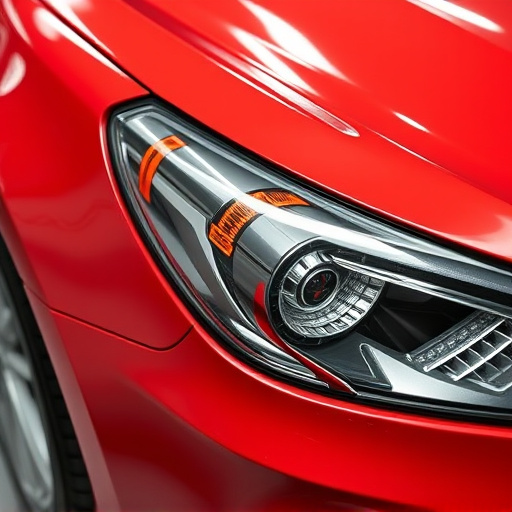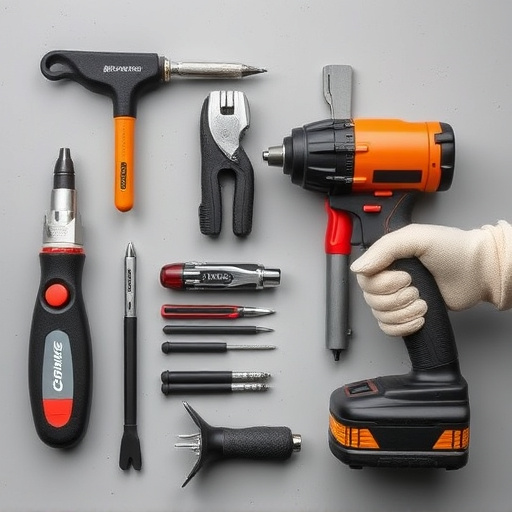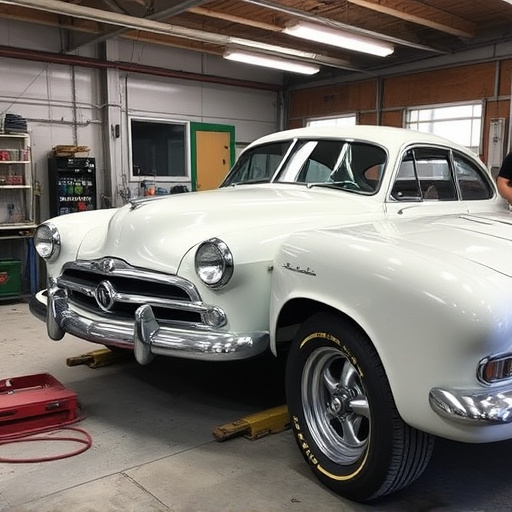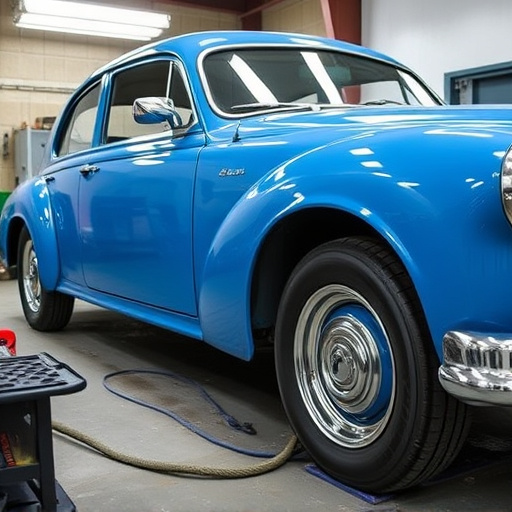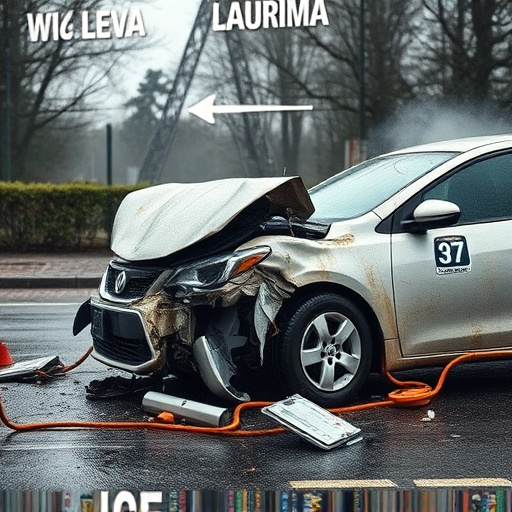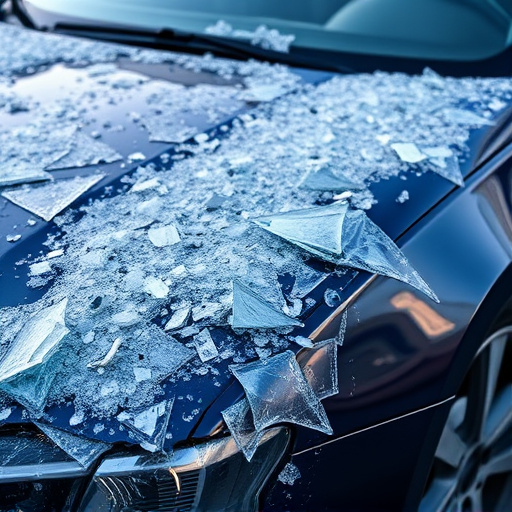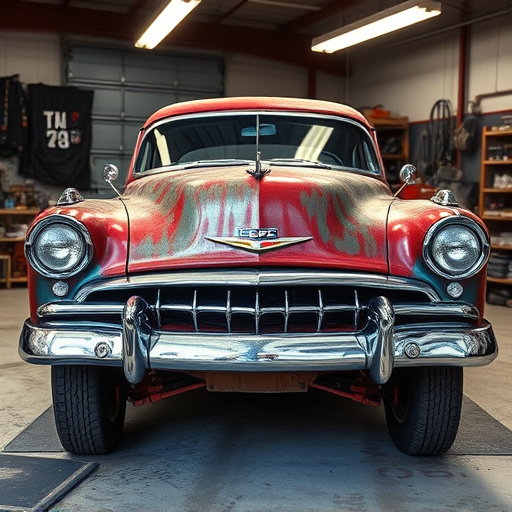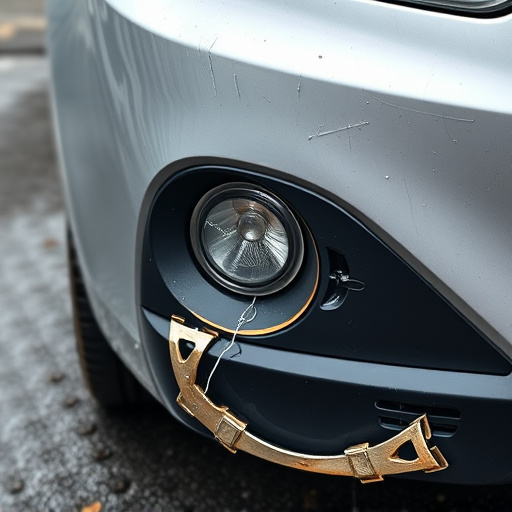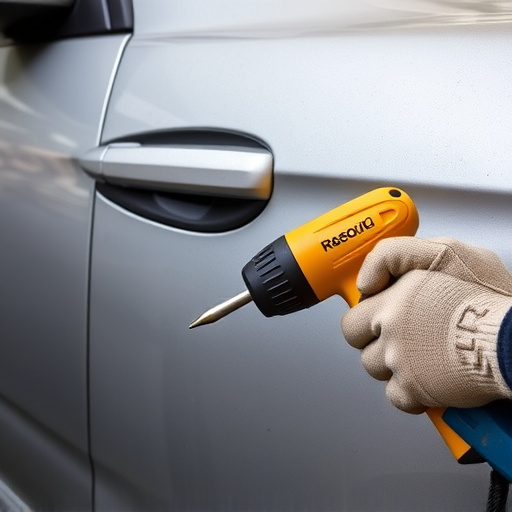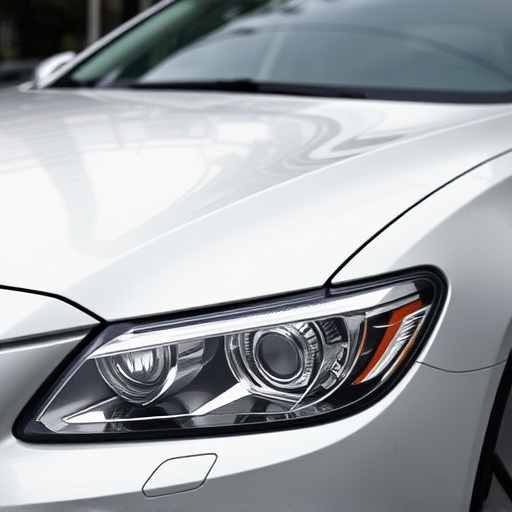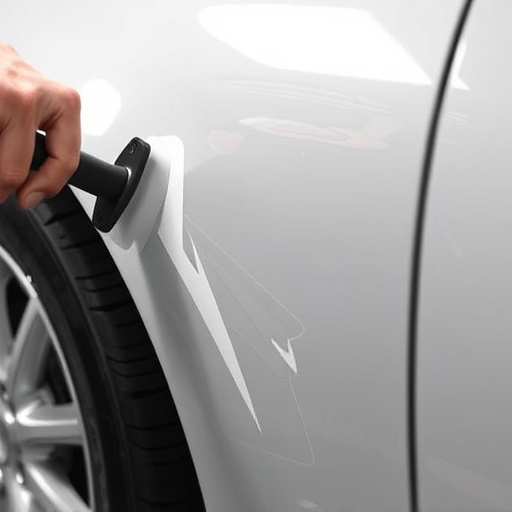Definining inspection tolerances during vehicle frame inspection is vital for accuracy and reliability, enabling objective assessment of structural integrity. These guidelines help identify issues like misaligned panels or uneven welds, guiding repairs including car scratch repairs, and ensuring safe, robust frames ready for the road. Effective tolerance management considers vehicle design complexity, operational environment, regulatory standards, and environmental conditions to maintain safety and consistency in collision repair services.
In the realm of automotive quality control, understanding inspection tolerances for vehicle frame inspection is paramount. This crucial aspect ensures structural integrity and safe operation of vehicles. This article delves into the intricacies of defining inspection tolerances, exploring factors influencing these specifications, and implementing effective tolerance management practices within vehicle frame inspections. By mastering these concepts, professionals can enhance efficiency, minimize defects, and ultimately foster safer automotive standards.
- Defining Inspection Tolerances in Vehicle Frame Inspection
- Factors Influencing Tolerance Specifications
- Implementing Effective Tolerance Management Practices
Defining Inspection Tolerances in Vehicle Frame Inspection
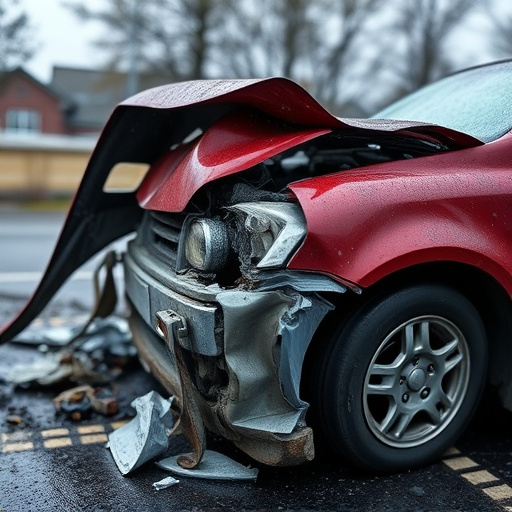
In the meticulous process of vehicle frame inspection, defining inspection tolerances is a critical step that ensures the accuracy and reliability of the assessment. These tolerances refer to the acceptable limits or deviations from the specified dimensions and specifications for various components within the vehicle frame. Establishing clear tolerance guidelines enables inspectors to objectively evaluate structural integrity without subjectivity. It’s akin to setting benchmarks for what constitutes a sound foundation in a house, ensuring that even the slightest irregularities are accounted for.
By defining these tolerances, a collision center or auto glass repair shop can accurately pinpoint areas of concern, such as misaligned panels or uneven welds, during vehicle frame inspections. This approach is crucial in determining whether repairs, including car scratch repairs, should be performed or if the damage extends beyond cosmetic issues, necessitating more extensive structural adjustments. Such precision prevents oversights that could compromise safety and ensures that every vehicle leaves the facility with a robust, undamaged frame, ready for any road ahead.
Factors Influencing Tolerance Specifications

In the realm of vehicle frame inspection, understanding inspection tolerances is paramount for maintaining structural integrity and ensuring safe operation. Several factors significantly influence tolerance specifications. One key aspect is the complexity of the vehicle’s design and manufacturing processes. Modern vehicles, with their intricate frameworks and advanced materials, often necessitate tighter tolerances to preserve precision and strength. Additionally, the purpose and operational environment of the vehicle play a crucial role; for instance, commercial fleet repair services and automotive body shops may require different tolerance levels based on the frequency of repairs and the types of damage encountered, such as minor dents or significant structural issues.
Another influencing factor is regulatory compliance and industry standards. Organizations like the Society of Automotive Engineers (SAE) establish guidelines that dictate acceptable tolerances for various vehicle components, including frames. These standards are designed to ensure safety and consistency across different automotive body shop operations. Moreover, environmental conditions can impact tolerance requirements, as extreme temperatures and humidity levels can cause dimensional changes in materials, necessitating adjustments in inspection tolerances to account for these variables.
Implementing Effective Tolerance Management Practices
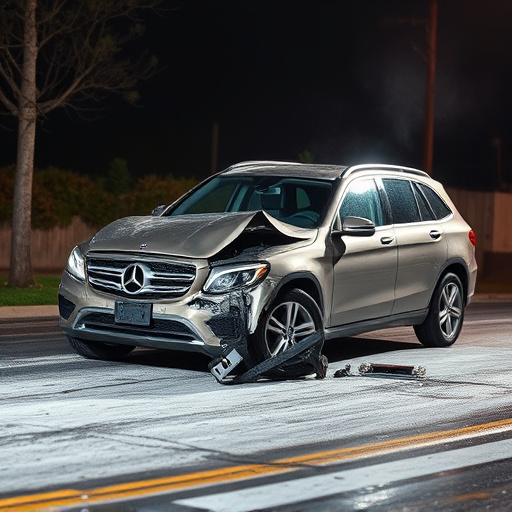
Implementing effective tolerance management practices is a critical step in ensuring accurate and reliable vehicle frame inspection. Tolerances define the acceptable limits within which components can vary without affecting their functionality or safety. In the context of vehicle frame inspection, these tolerances are set to account for manufacturing variations, environmental factors, and potential damage during accidents. Proper tolerance management involves establishing clear guidelines and standards that every collision repair center and body shop service should adhere to.
By implementing robust tolerance management, collision repair facilities can streamline their processes and reduce the risk of human error. This includes using advanced measurement tools, regularly calibrating equipment, and training staff on precise inspection techniques. Such practices not only enhance the accuracy of frame inspections but also contribute to consistent, high-quality collision repair services.
In understanding and managing inspection tolerances for vehicle frame inspection, a delicate balance must be struck between ensuring structural integrity and facilitating efficient manufacturing processes. By considering various factors influencing tolerance specifications, such as material properties, design complexity, and quality standards, automotive professionals can implement effective tolerance management practices. This approach not only optimizes production efficiency but also guarantees the safety and reliability of vehicles on the road, ultimately enhancing customer satisfaction in vehicle frame inspection.

